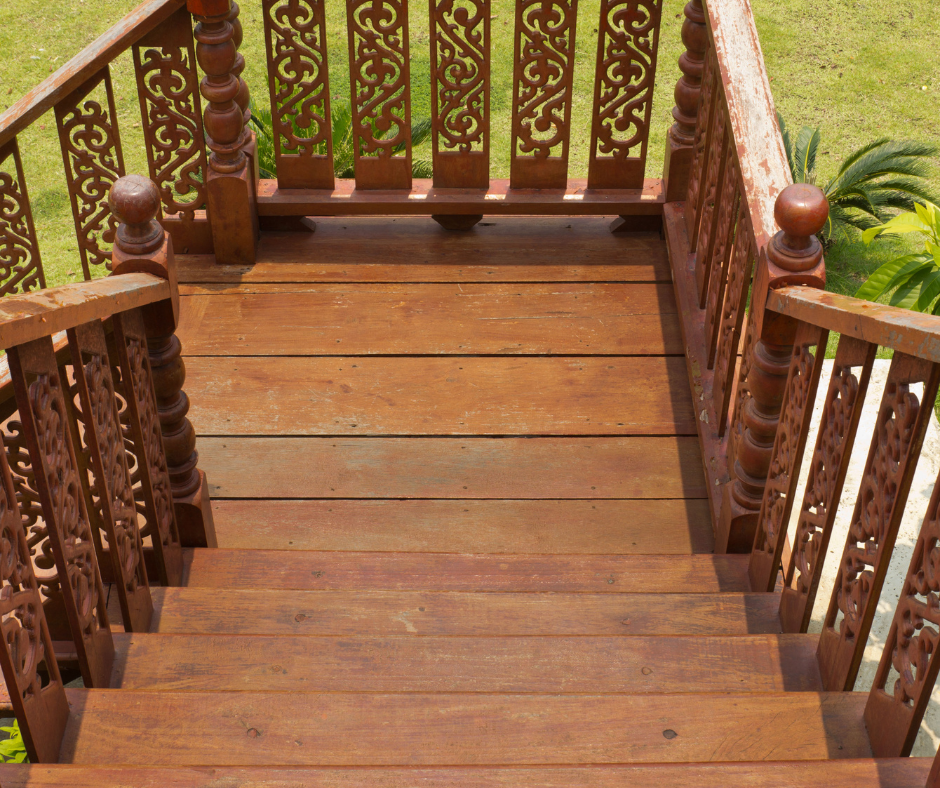When it comes to staircase design, stair tread nose overhang is an essential feature that combines both safety and comfort.
This overhang refers to the part of the tread that extends past the riser, creating a small ledge at the edge of each step.
If you’re upgrading with carpet stair landings, the right overhang can help protect the tread edge while adding a visual guide, making each step clear and comfortable.
This feature does not only enhance the look of the staircase but also meets building codes that set specific overhang requirements for safety and usability.
Why is the Stair Tread Nose Overhang Important?
The stair tread nose overhang serves both functional and aesthetic purposes.
By extending the tread slightly, the overhang provides extra space for the foot, giving each step a more secure feel.
This additional room can be especially useful for people with larger feet or for those who need more stable footing.
For narrower staircases, even a slight overhang helps make each step feel more spacious and balanced.
Aesthetically, the overhang adds a subtle depth to each tread, creating a clean, polished look that complements various stair materials and styles.
What Does the Stair Tread Overhang Code Say?
Building overhang codes, like the International Residential Code (IRC), regulate stair tread nose overhang to keep stairs safe and comfortable.
According to the IRC, stair treads need an overhang between ¾ inch and 1¼ inches if the tread depth is less than 11 inches.
This code ensures that the overhang provides enough space for secure footing without creating a tripping hazard.
To keep the steps feeling consistent and safe, the IRC also states that no step should vary more than 3/8 inch in overhang depth.
How Does Tread Overhang Impact Safety and Appearance?
The stair tread nose overhang adds a visual cue to each step, reducing the risk of missteps, especially in dim lighting.
Without a sufficient overhang, the transition between steps can feel abrupt, making staircases less comfortable to navigate.
Beyond safety, the overhang adds an elegant detail that enhances the overall design, giving stairs a sense of depth and finish.
Whether the staircase is made of wood, carpet, or even composite decking, a properly designed overhang makes each step more appealing and secure.
Which Overhang Shape is Best for Your Staircase?
The shape of the stair tread nose overhang can affect both safety and style.
Rounded or bullnose shapes create a soft, gradual edge, which many find more forgiving and comfortable on the foot.
Beveled edges offer a modern, streamlined appearance but are best suited for steps that don’t need as much depth.
Square edges have a clean, contemporary look, but they need to stay within code limits to avoid potential tripping risks.
Steps to Success
A well-chosen stair tread nose overhang can make a huge difference in the safety, comfort, and style of your staircase.
By adhering to code requirements, selecting a suitable shape, and matching materials with your home’s design, you’ll create stairs that are safe, welcoming, and beautiful.




